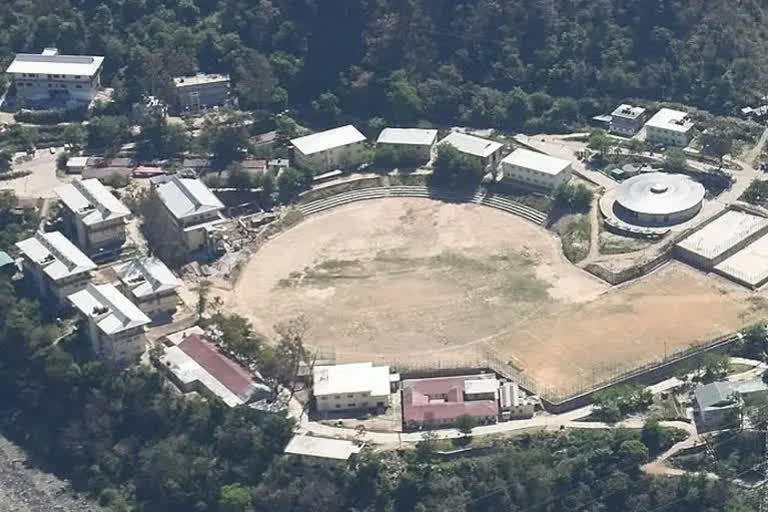New Delhi: Researchers from the Indian Institute of Technology (IIT) Mandi have unravelled the molecular structure of a functional protein region of the COVID-19 virus which can help the scientific community in the exploration of drugs. The team has established the structure of one section of an important spike protein responsible for the virus' infectivity. The research was recently published in the journal 'Virology'.
According to officials, the SARS coronavirus 2, the cause of the ongoing COVID-19 pandemic, is so-called because of the spikes on its surface that give it the appearance of a crown (or corona). The proteins that make up the spikes are responsible for the penetration of these viruses into the host cells of the infected lifeform. Given the importance of the spike protein in the virus' infectivity, considerable research work is being carried out all over the world on characterising their molecular structure, the officials said.
It is now known that the spike protein comprises a section that is outside the main virus body (the extravirion) known as ectodomain; a section that crosses the viral membrane (transmembrane); and a section that is inside the viral structure (theintravirion), known as endodomain, they said. "Our team has deciphered the shape of the endodomain of spike protein, in isolation, as a reductionist approach. We found that there is no order or structure, and this is an intrinsically disordered region," said Rajanish Giri, Associate Professor, School of Basic Sciences, IIT Mandi.
"The endodomainis an important part of spike protein as it contains transporting signals that help in the movement of protein inside host cells and thus play a crucial role in infection," Giri said. "Due to the absence of specific order or structure, this is the part of the Dark Proteome of the virus. It also suggests that endodomain can adopt a fully disordered or partially disordered structure under different conditions," he said.
